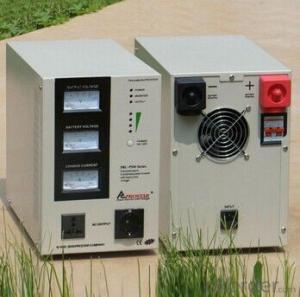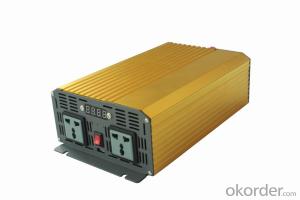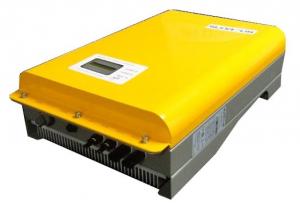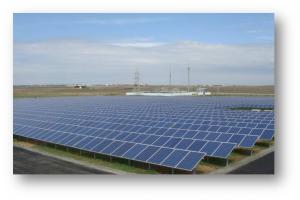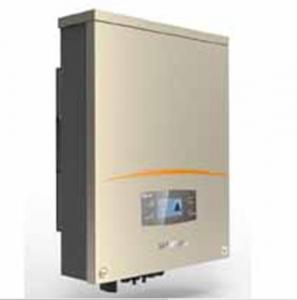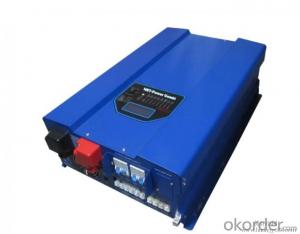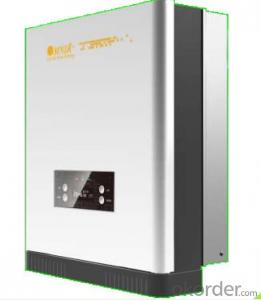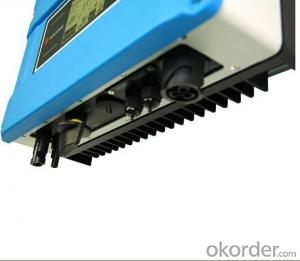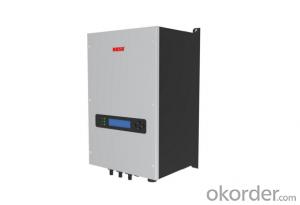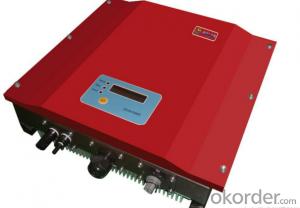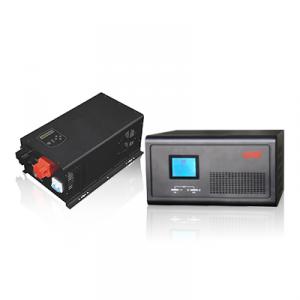Mpp Solar Inverter Manual
Mpp Solar Inverter Manual Related Searches
Fault Light On Solar Inverter Best Solar Inverter On Grid Dc Inverter Ac On Solar Panel Inverter On Solar Panel On Grid Solar Power Inverter On Off Grid Solar Inverter Solar Hybrid Inverter On Grid On Grid Hybrid Solar Inverter 5kw On Grid Solar Inverter On Grid Solar Inverter 3kwHot Searches
Solar Inverter On Grid Price Grid Tie Solar Inverter Price Solar Grid Tie Inverter Price Solar Grid Inverter Price Solar Inverter On/Off Grid Solar Inverter For Fridge Best China Solar Inverter Solar Inverter Supplier In Uae Solar Inverter In Dubai Solar Inverter In Saudi Arabia Solar Inverter In Uae Solar Inverter In Kerala Solar Inverter In Nepal Solar Inverter In Burpengary Solar Inverter In Caboolture Solar Inverter In Chennai Solar Inverter In Lebanon China Hybrid Solar Inverter China 10kva Solar Inverter China Solar Inverter 1000kwMpp Solar Inverter Manual Supplier & Manufacturer from China
Okorder.com is a professional Mpp Solar Inverter Manual supplier & manufacturer, offers integrated one-stop services including real-time quoting and online cargo tracking. We are funded by CNBM Group, a Fortune 500 enterprise and the largest Mpp Solar Inverter Manual firm in China.Hot Products
FAQ
- Yes, solar inverters are designed to withstand a wide range of weather conditions, including extreme heat, cold, humidity, and even harsh environmental factors. They are built to be durable and reliable, ensuring their functionality and performance in various climates and weather conditions.
- The common troubleshooting steps for a malfunctioning solar inverter may include checking the power supply, inspecting the wiring connections, resetting the inverter, performing a firmware update, checking for error codes or error messages, and consulting the manufacturer's manual or contacting technical support for further assistance.
- The role of a solar inverter in a solar-powered electric vehicle charging station is to convert the direct current (DC) electricity generated by the solar panels into alternating current (AC) electricity, which is suitable for charging electric vehicles. It ensures the compatibility between the solar energy and the charging station's electrical infrastructure, allowing for efficient and reliable charging of electric vehicles using clean and renewable solar power.
- Solar inverters can encounter various problems, such as failure to turn on, lack of power output, insufficient power output, intermittent power output, or error messages displayed on the inverter. Below are some steps you can take to troubleshoot these issues: 1. Verify the power supply: Ensure that the inverter is properly connected to the power source and that there are no electrical supply problems. Check the circuit breaker or fuse box to ensure it has not been tripped. 2. Inspect the wiring: Examine the wiring connections to ensure they are secure and undamaged. Loose or disconnected wires can cause power issues. If any damage is found, consider seeking the assistance of a professional electrician for repair or replacement. 3. Clean the solar panels: Dust, debris, or shading on the solar panels can reduce power output. Use a soft cloth or hose to clean the panels. If nearby trees or structures cast shade on the panels, consider trimming or removing them if feasible. 4. Check for error messages: If the inverter displays an error message, consult the user manual or manufacturer's website for the error code's meaning and recommended troubleshooting steps. If necessary, contact the manufacturer's customer support for further guidance. 5. Monitor weather conditions: Solar inverters may generate less power during cloudy or overcast days. However, if power output consistently remains low even in ideal weather conditions, there may be an issue with the inverter itself. 6. Reset the inverter: Some inverters offer a reset button or option. Attempt to reset the inverter to its factory settings, but bear in mind that this may erase any customized settings or configurations. 7. Update the firmware: Check if there are any firmware updates available for your specific inverter model. Updating the firmware can sometimes resolve issues and enhance performance. 8. Seek professional consultation: If the above troubleshooting steps do not resolve the issue, it is advisable to contact a professional solar installer or electrician. They possess the expertise and equipment required to diagnose and address more complex problems with solar inverters. Always prioritize safety when troubleshooting electrical equipment. If you are uncertain or uncomfortable with any troubleshooting steps, it is best to seek professional assistance to prevent potential hazards.
- The role of a remote monitoring system in a solar inverter is to provide real-time data and analysis of the performance and operation of the solar inverter. It allows for remote access and control, enabling solar system owners and operators to monitor the energy production, detect any issues or faults, and optimize the performance of the solar inverter from a remote location.
- The role of a solar inverter in reactive power compensation during grid disturbances is to regulate and manage the reactive power flow between the solar panel system and the grid. During grid disturbances, such as voltage fluctuations or power factor variations, the solar inverter helps maintain a stable and balanced flow of reactive power, ensuring efficient and reliable operation of the solar panel system while minimizing the impact on the grid.
- Yes, a solar inverter can be used with different types of power factor correction devices. The solar inverter is responsible for converting the DC power generated by the solar panels into AC power that can be used in homes and businesses. Power factor correction devices, on the other hand, are used to improve the power factor of the electrical system by reducing reactive power. The solar inverter can work in conjunction with various types of power factor correction devices, such as capacitors or active power factor correction units, to optimize the efficiency and performance of the electrical system.
- A solar inverter handles sudden changes in solar irradiance by constantly monitoring the input voltage and adjusting its output power accordingly. It employs maximum power point tracking (MPPT) algorithms to optimize the energy conversion from the solar panels. When there is a sudden increase or decrease in solar irradiance, the inverter quickly adapts by regulating the voltage and current to maintain a stable and efficient output. This ensures that the generated solar power is effectively utilized and protects the system from potential damage caused by voltage fluctuations.



